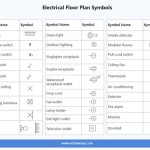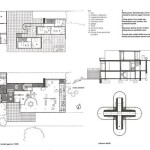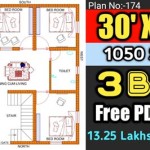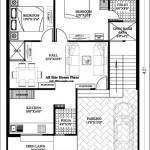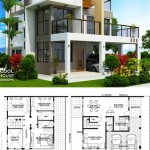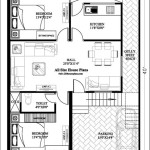Essential Aspects of Little River Cabin House Plans
Little River Cabin House Plans embody the essence of rustic charm and cozy comfort. These plans have been carefully designed to provide a perfect retreat for those seeking a tranquil escape amidst nature's embrace. To ensure a seamless building experience, it is crucial to consider several essential aspects that contribute to the overall success of these charming abodes.
1. Location and Site Considerations
The location of your cabin is a fundamental factor that will influence various aspects of your plan. Take into account the topography of the site, including any slopes or uneven ground that may require adjustments to the foundation or drainage. Additionally, consider factors such as access to utilities, proximity to roads and amenities, and the availability of natural resources like water and firewood.
2. Architectural Style and Materials
Little River Cabin House Plans often showcase a blend of traditional and modern architectural elements. From classic log cabins to contemporary interpretations, choose a style that aligns with your personal preferences and the surrounding environment. The choice of materials, such as wood, stone, or metal, will also impact the aesthetic appeal and durability of your cabin.
3. Floor Plan and Room Layout
The floor plan should be carefully designed to optimize space and functionality. Consider the number of bedrooms and bathrooms required, as well as the desired flow between different spaces. Open-concept layouts can create a sense of spaciousness, while separate rooms offer privacy and dedicated areas for sleeping, cooking, and gathering.
4. Energy Efficiency and Sustainability
Incorporating energy-efficient features into your cabin plan is essential for reducing environmental impact and long-term maintenance costs. Consider using energy-star appliances, installing solar panels, and optimizing insulation to enhance thermal performance. Sustainable building practices, such as using reclaimed materials or minimizing waste, can also contribute to the eco-friendliness of your cabin.
5. Lighting and Ventilation
Natural lighting plays a vital role in creating a warm and inviting atmosphere in your cabin. Incorporate large windows and skylights to maximize daylighting. Proper ventilation is equally important to ensure air circulation and prevent moisture buildup. Ceiling fans and strategically placed windows can promote airflow and maintain a comfortable indoor environment.
6. Outdoor Spaces and Landscaping
The natural surroundings of your cabin should be integrated seamlessly into the design. Create outdoor spaces that encourage relaxation and connection with nature. A porch or deck can extend the living area outdoors, while a fire pit or outdoor kitchen can provide opportunities for gathering and entertainment. Landscaping with native plants and trees can enhance the aesthetic appeal and create a harmonious transition between the cabin and its surroundings.
7. Code Compliance and Permits
Before embarking on construction, it is crucial to ensure that your Little River Cabin House Plan complies with local building codes and regulations. Obtain the necessary permits and work closely with a qualified contractor to ensure that the building process adheres to industry standards and safety requirements.

2 Bedroom Cabin Plan With Covered Porch Little River

2 Bedroom Cabin Plan With Covered Porch Little River House Plans Floor Loft

2 Bedroom Cabin Plan With Covered Porch Little River

2 Bedroom Cabin Plan With Covered Porch Little River

2 Bedroom Cabin Plan With Covered Porch Little River

2 Bedroom Cabin Plan With Covered Porch Little River House Plans Rustic Photos

Little River Cabin Traditional Exterior Atlanta By Max Fulbright Designs Houzz

2 Bedroom Cabin Plan With Covered Porch Little River

2 Bedroom Cabin Plan With Covered Porch Little River Ranch Style House Plans Floor

2 Bedroom Cabin Plan With Covered Porch Little River

